Preparing for PESA – Physical Employment Standard Assessment
Share the post "Preparing for PESA – Physical Employment Standard Assessment"

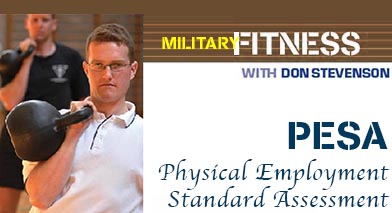
Ever since my first article for CONTACT in 2005, I’ve held (and stated) the opinion that the standard fitness tests used by the ADF are a poor measure of combat fitness.
Fortunately, at some point, the ADF figured the same thing out and, in recent years, they have developed a new fitness test to complement the basic running, pushup and situp tests that have been the foundation of military fitness testing since about WWII.
CAPTION: A soldier performs the box lift and place section of the physical employment standards assessment during a demonstration at Russell Offices in Canberra. Photo by Leading Seaman Paul Berry.
The fairly new Physical Employment Standard Assessment has now been rolled out.
Personally I think the test is a massive improvement over the ‘basic fitness assessments’ – it’s not perfect, but then any fitness test has to strike a balance between testing the required fitness attributes, ease of administration, reliability and safety – and I think the PESA does that pretty well.
So what do you need to know about this test and what are the best ways to train for it?
The Test
The first thing to know about the test is that it consists of several different functional fitness events, all of which are conducted in uniform and boots with the addition of webbing, rifle, marching order and even armour depending on the test and level.
The assessment grade is based on the role you are employed in and not on your age or sex. There are three levels corresponding to all-corps, combat arms and a specific infantry test.
Individual events are currently a 5km or 10km loaded march, fire and movement, jerry can timed carry and a box lift and place. These tests are designed to assess aerobic capacity, power, anaerobic capacity and speed, grip strength, endurance and basic core strength.
For the infantry, there is also a simulated casualty drag, leopard crawl and 1km patrol-order run.
.
Training for the Tests
Fundamentally if you have a high level of overall fitness and do some basic weight training in addition to bodyweight training and running, then the PESA shouldn’t pose too many problems for anyone.
Having said that, here are a few things that you might want to focus on to ensure that you are adequately prepared.
Technique – The PESA has some very specific performance standards for each test, so make sure you know the tests and practice the technique. In particular, the box lift and place requires some practice so that you don’t get disqualified.
Loaded marching – If you are a member of a combat corps, this won’t be too unusual. But if you haven’t done any pack marching for a while, it’s a good idea to break out your patrol and marching order and do a few practice stomps to condition your feet, check that your gear is in good working order and figure out the most comfortable way to carry the required load.
My advice for loaded marching is to always start very conservatively. Start with no more than 50% load and add 2-3kg and 1-2 km per week at most so as to avoid overuse injuries.
Jerrycan carry – This one tests grip strength and endurance, two things that are often overlooked in general training programs.
Doing some additional carrying work with kettlebells in the gym, pullups and rows using a towel or rope, or getting out and practicing the test in small doses will ensure that you can pass this test.
Sprinting – The fire-and-movement course requires short bounds and going to ground at each bound, so get out and practice repeated sprints of 5m to 20m as well as the required technique of getting up and down.
Don’t forget that, on the day, you’ll have a rifle and webbing, so add those elements as you progress.
Core strength – Pack marching, sprinting, jerrycan carries and the box-lift and carry, all require good core strength. My top picks here would be planks, back extensions and lots of deadlifting.
Upper and lower body strength – For most men of average height the lift and place task isn’t going to cause many difficulties.
But here’s the rub – the test doesn’t change in height or weight for smaller, lighter individuals, so some men and quite a few women may be lifting half their bodyweight to nearly head height!
If that describes you, then it would be a good idea to practice deadlifts, front squats, barbell rows and overhead presses.
.
.
.
.
.
.

.
.
Share the post "Preparing for PESA – Physical Employment Standard Assessment"

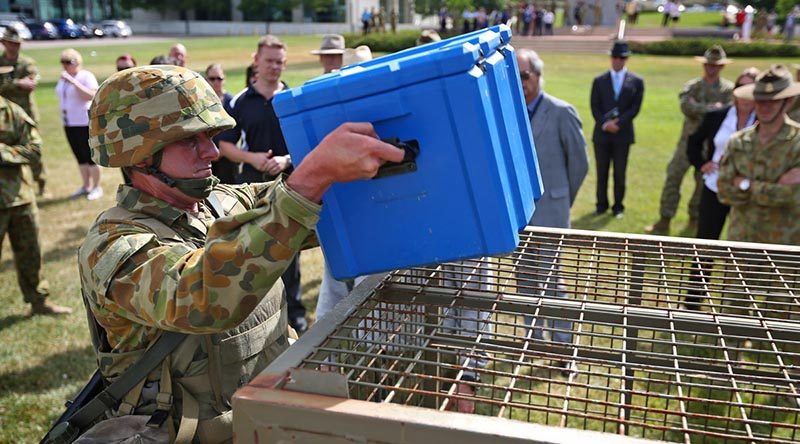


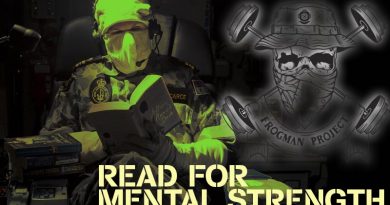
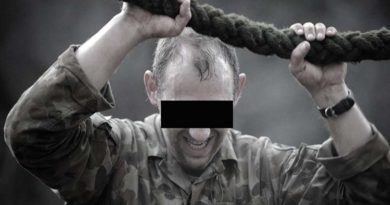
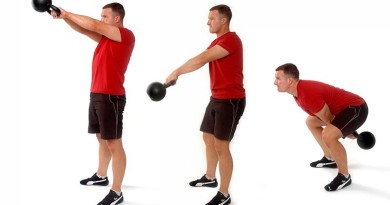
What are the requisites for the casualty drag for infantry? Weight, distance, time, laps?
Hi Contact
Good effort
I am conditioning myself for the PESA and your description is helpful and relevant. Note that the fire and movement bounds are also timed as per the jerry can carry reps. At my age the ”getting up quickly” is a new challenge! I have to get up on my knees first… The vertical rope x 2 reps is long gone which used to test out the upper body a bit more. I can still manage one rep but you are only supposed to go half the way up the rope now due to safety etc OMG (I hope nobody was watching..)
Overall the PESA seems an increase in effort so an improvement (I drink 2-3L water while doing it so it must be). I would not want to be short with a short pace…
Hook-in!
Pevlin